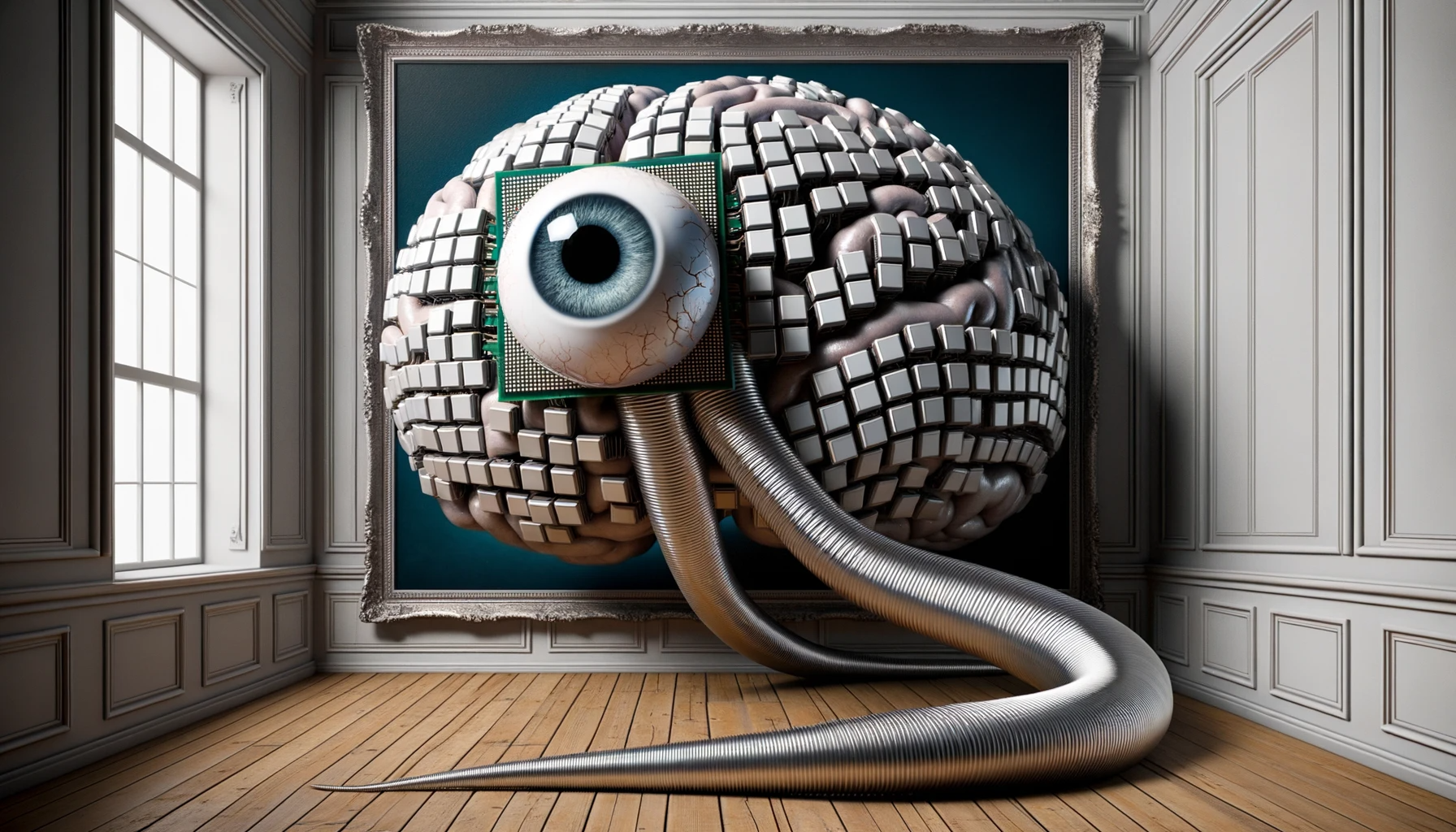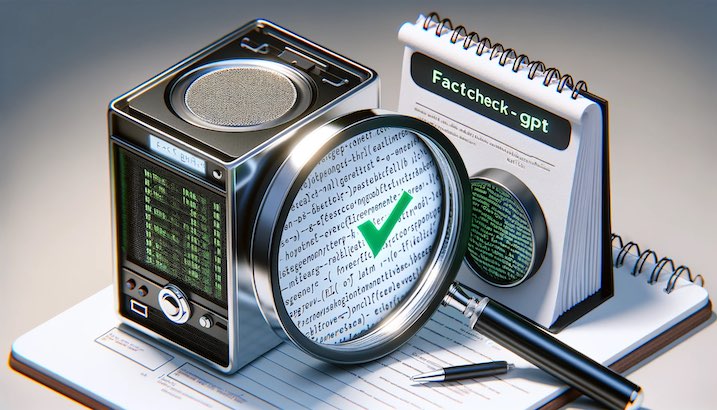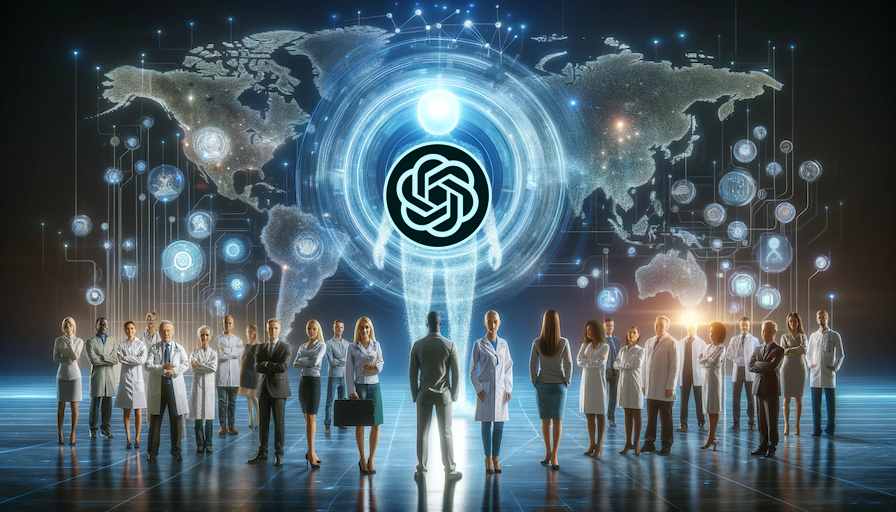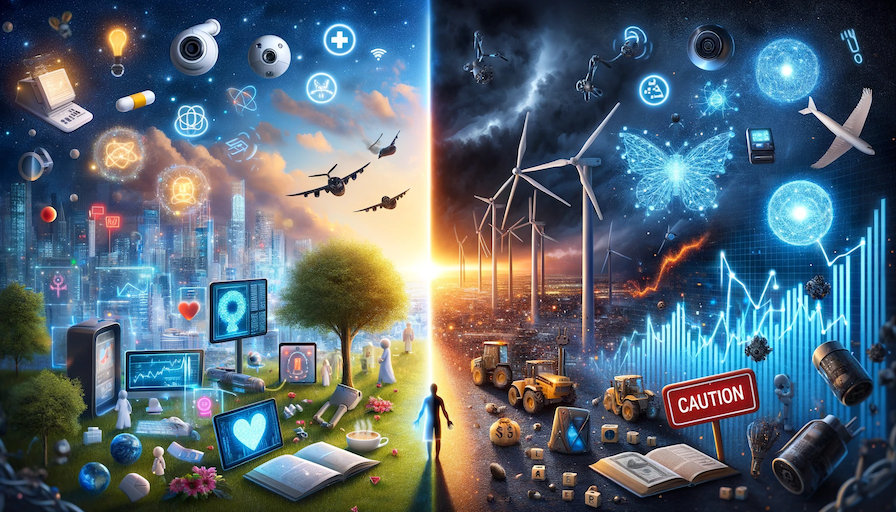
The Power of GPT-4 Vision: The new Possibilities and the Potential of Multimodal AI
In the age of digital transformation, the capabilities of artificial intelligence (AI) are expanding at an unprecedented rate. One of the most recent and groundbreaking developments in this arena is the integration of vision into AI models, specifically the GPT-4 Vision (GPT-4V). This article delves into the capabilities, potential, and real-world applications of GPT-4V.
What is Multimodal AI?
To understand the significance of GPT-4V, it's crucial to grasp the concept of multimodal AI. Traditional large language models primarily process text data, predicting subsequent words based on vector spaces. Multimodal models, however, go beyond text. They ingest various data types, including images, audio, and even video. Behind the scenes, these models tokenize different data types, creating a joint embedding. This process enables the AI to understand diverse data formats and extract similar information.
Capabilities of GPT-4V
- Text-Image Understanding: GPT-4V can interpret a plethora of image types, from photographs to diagrams. It can even discern distorted text within images, which is a boon for digitizing data from sources like PDFs containing charts and diagrams.
- Comprehensive Analysis: GPT-4V doesn't just extract data from images; it comprehends them. It recognizes landmarks, brands, logos, and even specific public figures. Furthermore, it can perform tasks such as counting objects within an image and reasoning based on distance and perspective.
- Multiple Image Relations: GPT-4V can process multiple images simultaneously, understanding the relationship between them. For instance, when given images of menu items with price tags and a table with food, it can calculate the total cost of the ordered items.
Prompting Techniques for Enhanced Results
While GPT-4V is powerful, it's not infallible. However, specific prompting techniques can enhance its performance:
- Detailed Text Instructions: By providing GPT-4V with explicit instructions, users can guide the model to produce desired results.
- Setting Performance Expectations: Explicitly conveying the expectation of accuracy can guide the AI's behavior for better results.
- Examples or "Shots": Providing GPT-4V with one or more examples can significantly improve its performance on specific tasks.
- Visual Referencing: GPT-4V can understand visual annotations. Users can use arrows or circles to indicate specific items or areas within an image, and GPT-4V can identify and process them.
Potential Applications of GPT-4V
The capabilities of GPT-4V pave the way for several exciting applications:
- Knowledge Bases: Industries like engineering, architecture, and manufacturing can build comprehensive knowledge bases using GPT-4V.
- Search Functions: Brands can use GPT-4V to search for instances where their logos appear across various media types.
- Autonomous Agents: The potential for autonomous AI agents is immense. For instance, GPT-4V can critique and provide feedback on images, fostering continuous improvement in image generation.
- Robotics: With its vision capabilities, GPT-4V can be integrated into robots, enabling them to perform tasks based on visual input.
GPT-4V represents a monumental leap in the world of AI. By understanding and processing various data types, this multimodal model unlocks numerous possibilities across industries. As AI continues to evolve, the integration of vision and other sensory inputs will undoubtedly lead to even more groundbreaking advancements in the future.
Original Paper: The Dawn of LMMs: Preliminary Explorations with GPT-4V(ision)
What does GPT4 Vision see in the pictures?




